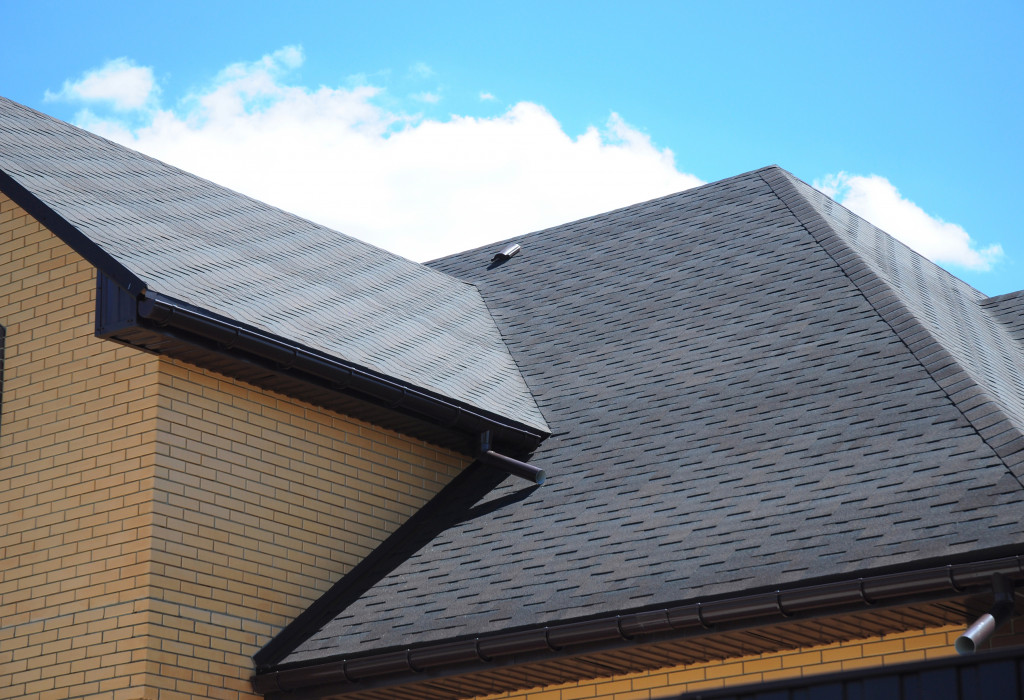Real estate remains one of the most sound investments anybody can make. Despite the ups and downs of the housing market, a well-maintained property on a good location will always yield good returns. While many know of Arnold Schwarzenneger as the muscle-bound action here on screen and former Governor of the State of California, only a few know him as a real estate investor.
From Pumping Iron to Building Their Real Estate Portfolio
But first, have you ever wondered how professional bodybuilders support themselves when they are in the gym all the time? Well, Arnold Schwarzenegger turned out to have money smarts aside from those bulging muscles. In the ’70s, he invested his cash prizes from bodybuilding contests in an apartment building. In those days and as it still is now, fully furnished one-bedroom apartments for rent and family homes for let were in demand.
After putting down the downpayment for a multi-family building, he welcomed tenants that would supply passive income he needed for supplements, gym memberships, daily necessities, and travel costs of competing across the US. Without having to worry about money, he was able to concentrate fully on gym work. His relatively small investment in real estate enabled him to pursue his dream of winning Mr. Olympia and Mr. Universe titles. The bodybuilding titles opened the doors of Hollywood, later making him an international action star. Before his real estate investment paid off, he actually had to work part-time in construction just to make ends meet. Like his muscles, he slowly built his portfolio until he owned rows of apartments and commercial buildings in California. Today, it is reported that the “Governator” has a net worth of at least $400 Million.
Many A-Listers in Hollywood continue to make a fortune in real estate. Some of them buy luxury homes, had it re-designed, and flip them to make a profit. Others focus on commercial buildings in high-rental areas like New York and Los Angeles. Naturally, it is easy for high net worth individuals to make these moves. They have the liquidity needed to invest and re-invest in properties. How about working-class people who are not as cash-ready? How can they buy and grow their assets in real estate?
1. Generate Cash Flow
The basic goal in real estate investing is to generate cash flow. Cash flow is simply the amount of money that goes back to the owner after all expenses are paid. These expenses may include the actual mortgage, repairs, or debts related to the property. In terms of return of investment or ROI, some investors want at least 8 percent while others go for a minimum of 15 percent. The percentage really depends on the financial goals of the owner who is renting out the property. Once the investor identifies all the expenses made on a property, that amount can be deducted from its income (which is the rent and other fees paid to the landlord). The result is what is referred to as the Net Operating Income or NOI.

2. Learn How To Leverage Financing
Multiplying one’s investment portfolio is often done through financing. For example, if an investor only has $100,000 in cash to buy a house, he or she may choose to use the entire amount to purchase property for that amount. This method, however, has zero leverage.
If the investor goes to the bank or a mortgage lender and borrows another $100,000 in addition to his available cash, he or she can purchase a property worth $200,000. This would give the investor a 100 percent leverage. Normally, the higher the leverage produces a higher return in terms of increased net gain when the purchased property also appreciates in value.
3. Choose The Right Leverage Strategy
A real estate investor needs to understand that there are many ways to gain leverage in real estate investment. Most people choose the usual Home Mortgage which requires at least 20 percent in downpayment in addition to closing costs. The monthly payments are made by the tenant which relieves the investor from that financial responsibility. In direct terms, the tenant is the one paying off the loan via rental fees while the investor just needs to be patient and wait for the property to become fully paid. Others use the home equity line of credit (HELOC), which simply means that an investor’s current home is used to apply for financing for another investment property.
In pursuing this investment strategy, the investor must pay close attention to details such as mortgage rates, state taxes, and potential for property value appreciation. The real estate investment game takes years to really mature and produce significant wealth for the investor. There are attendant costs along the way, so proper budgeting out of the monthly gross rental income is a must.
Just like Arnold Schwarzenneger, building a real estate portfolio takes time in the same way that building muscles also takes time and does not happen overnight. But with persistence, right strategies, and attention to detail — anybody can make it big in real estate investing.







